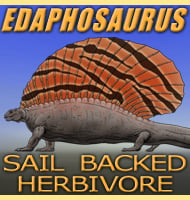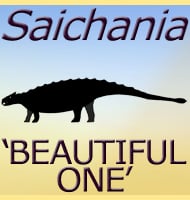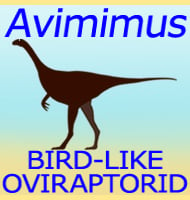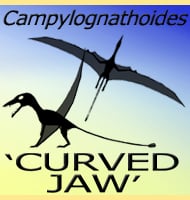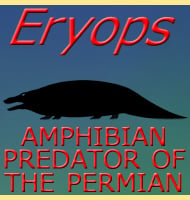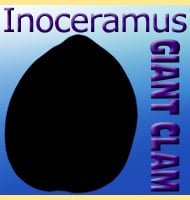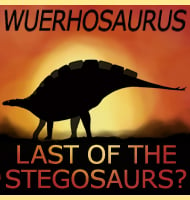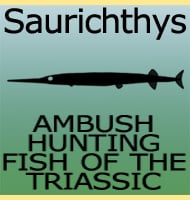In Depth
Parastylotermes is a genus of termite that is known to have lived in both Eurasia and North America. So far, Eurasian species of Parastylotermes are known to have lived during the Eocene period, while the North American examples are from the later Miocene period. Specimens of Parastylotermes are so far from imago stage individuals, which are the flying ones that had left the main colony to spread out into new areas. Though some actual bodies are known, many of these specimens are just from isolated wings that have broken off the main body.
Further Reading
- Catalog of the termites (Isoptera) of the world. - Smithsonian Miscellaneous Collections 112: 366. - T. E. Snyder - 1949. - A new fossil termite, Parastylotermes frazieri, from California (Isoptera, Rhinotermitidae). - Proceedings of the Entomological Society of Washington 57 (2): 79–80. - T. E. Snyder - 1955. - Fossil arthropods of California. No. 21. Termites from Calico Mountains nodules. - Bulletin of the Southern California Academy of Sciences 575 (1): 13–24. - W. D. Pierce - 1958. - Tertiary fossil species of the Rhinotermitidae (Isoptera), phylogeny of genera, and reciprocal phylogeny of associated Flagellata (Protozoa) and the Staphylinidae (Coleoptera). - Bulletin of the American Museum of Natural History 146 (3): 243–304. - A. E. Emerson - 1971. - Biogeographic and evolutionary implications of a diverse paleobiota in amber from the early Eocene of India. - Proceedings of the National Academy of Sciences of the United States of America 107 (43): 18360–18365. - Jes Rusta, Hukam Singh, Rajendra S. Rana, Tom McCann, Lacham Singh, Ken Andersond, Nivedita Sarkar, Paul C. Nascimbenef, Frauke Stebner, Jennifer C. Thomas, Monica Sol�rzano Kraemera, Christopher J. Williams, Michael S. Engel, Ashok Sahnie & David Grimaldif - 2010. - The termites of Early Eocene Cambay amber, with the earliest record of the Termitidae (Isoptera). - ZooKeys 148: 105–123. - M. S. Engel, D. A. Grimaldi, P. C. Nascimbene & H. Singh - 2011.

